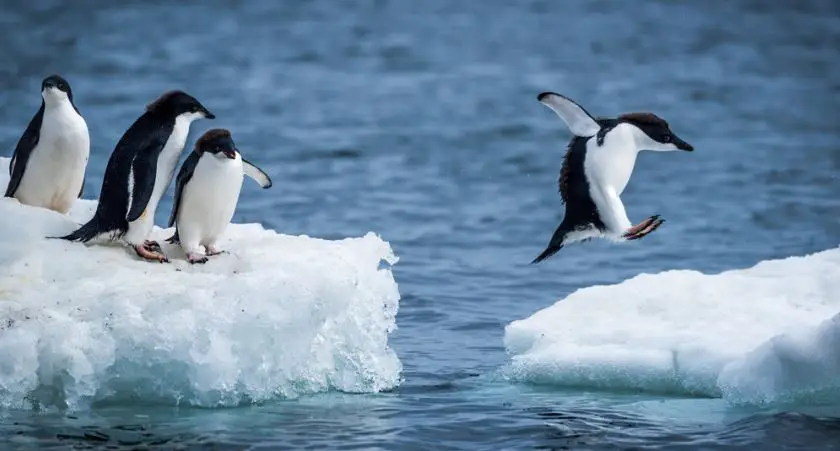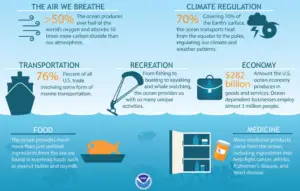Sea Level Rise and its Causes and Effects | UPSC – IAS
Coastal areas – Globally tens of millions of people will be displaced in the latter decades of the century if greenhouse gases are not reduced drastically. Many coastal areas have large population growth, which results in more people at risk from sea level rise.
Main cause of sea level rise are as follows:-
- Melting of Ice Sheets and Glaciers,
- Thermal expansion,
- A slowing Gulf Stream, and
- Sinking land all contribute to Sea level rise.
Effects of Sea level Rise | UPSC – IAS
Current and future sea level rise is set to have a number of impacts, particularly on coastal systems. Such impacts include:-
- Increased coastal erosion,
- Higher storm-surge flooding,
- Inhibition of primary production processes,
- More extensive coastal inundation,
- Changes in surface water quality and groundwater characteristics,
- Increased loss of property and coastal habitats,
- Increased flood risk and potential loss of life,
- Loss of non-monetary cultural resources and values,
- Impacts on agriculture and aquaculture through decline in soil and water quality,
- And loss of tourism, recreation, and transportation functions.
Many of these impacts are detrimental. Owing to the great diversity of coastal environments; regional and local differences in projected relative sea level and climate changes; and differences in the resilience and adaptive capacity of ecosystems, sectors, and countries, the impacts will be highly variable in time and space. River deltas in Africa and Asia and small island states are particularly vulnerable to sea-level rise.
- The rising seas pose both a direct risk: unprotected homes can be flooded, and indirect threats of higher storm surges, tsunamis and king tides. Asia has the largest population at risk from sea level with countries such as Bangladesh, China, India, Indonesia, and Vietnam having very densely populated coastal areas.
- The effects of displacement are very dependent on how successful governments will be in implementing defenses against the rising sea, with concerns for the poorest countries such as sub-Saharan countries and island nations.
- Sea levels are rising at the fastest rate in 3,000 years. From 2018 to 2019, the global sea level rose to 6.1 millimeters.
About Ross ice shelf | UPSC – IAS
The Ross Ice Shelf is the largest ice shelf of Antarctica (as of 2013 an area of roughly 500,809 square kilometres (193,363 sq mi) and about 800 kilometres (500 mi) across). It is several hundred metres thick. The nearly vertical ice front to the open sea is more than 600 kilometres (370 mi) long, and between 15 and 50 metres (50 and 160 ft) high above the water surface. Ninety percent of the floating ice, however, is below the water surface.
- Antarctica’s Ross Ice Shelf is the world’s largest ice shelf roughly the size of France, is melting rapidly.
- Recently it is found that the ice cap is melting rapidly leading to global sea-level rise of around 13.8 millimetres over the last 40 years.
- The ice shelf is melting 10 times faster than the overall average, due to solar heating of the surrounding ocean surface.
- Antarctica comprises 90 percent of the world’s ice, thus whatever happens to its ice and snow is a matter of serious concern, and if this situation continues, sea-levels would rise up to 60 meters by 2050 and the ocean would engulf coastal cities across the globe.





